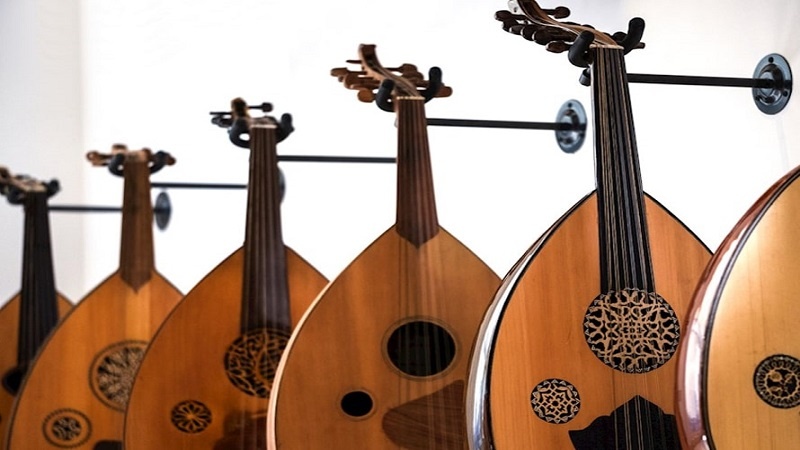Iran Press/ Iran news: Persian traditional music has its own unique rhythm. And what plays a vital role in its tune are absolutely Persian musical instruments. All of the Persian instruments are hand-made and constructed by masters; bearing high quality which are in their own ways a piece of art.
 Iranian traditional musical instruments
Iranian traditional musical instruments
Persian musical instruments
The first improvements happened in Sassanid Era. People started growing fond of music and they used to play it in their rituals. The most famous artisans are Nakisa, Barbod, and Sargash. Barbod is the one who invented many Persian musical instruments.
 Iran's musical culture is rich in a variety of instruments
Iran's musical culture is rich in a variety of instruments
Music also roots in different tribes of Iran. They have had their own folk music for a long time. There are Azari, Kurdi, Khorasani, Gilani, Mazani (Mazandaran), Baluchi, Khuzestan and Hormozgan music styles. Special songs are synced to every type too. They sing them while weaving carpets, harvesting products, or working in bazaars. Also for rituals and ceremonies, people play their music on certain days and times which makes them unified and reminds tribe relations.
 Oud is recently added to UNESCO cultural list
Oud is recently added to UNESCO cultural list
Oud (UD) instrument
The oud is a traditional, lute-type instrument played in Iran and Syria. The musician places the short-necked instrument on their leg, fretting with one hand and plucking the chords with the other. In both countries, the oud consists of a pear-shaped sound box made of walnut, rose, poplar, ebony or apricot wood. Crafting an oud takes up to twenty-five days, during which the wood is left to dry and harden and is then treated with water and steam for fifteen days to build its durability.
Ouds are crafted in different sizes for different sized bodies and decorated with wooden carvings and mosaic patterns. They typically have five twin strings, though a sixth string can be added. With its bass and baritone ranges, the instrument can produce melodic and harmonic tones. The oud is played solo or in ensembles and is accompanied by traditional songs and dance in a wide range of events. Its practice is transmitted through apprenticeships and in musical centers, colleges and universities in urban areas. Crafters are mostly men, although in recent years young women have developed an interest as well.

UNESCO cultural heritage
During its seventeenth session, held in Morocco, the Intergovernmental Committee for the Safeguarding of the Intangible Cultural Heritage also inscribed Crafting and Playing the Oud on UNESCO’s List of Intangible Cultural Heritage.
Read More:
Iranian folk music underway at Gorgan international festival
Iranian art, music exhibition in Syria
Ashkan Salehian

